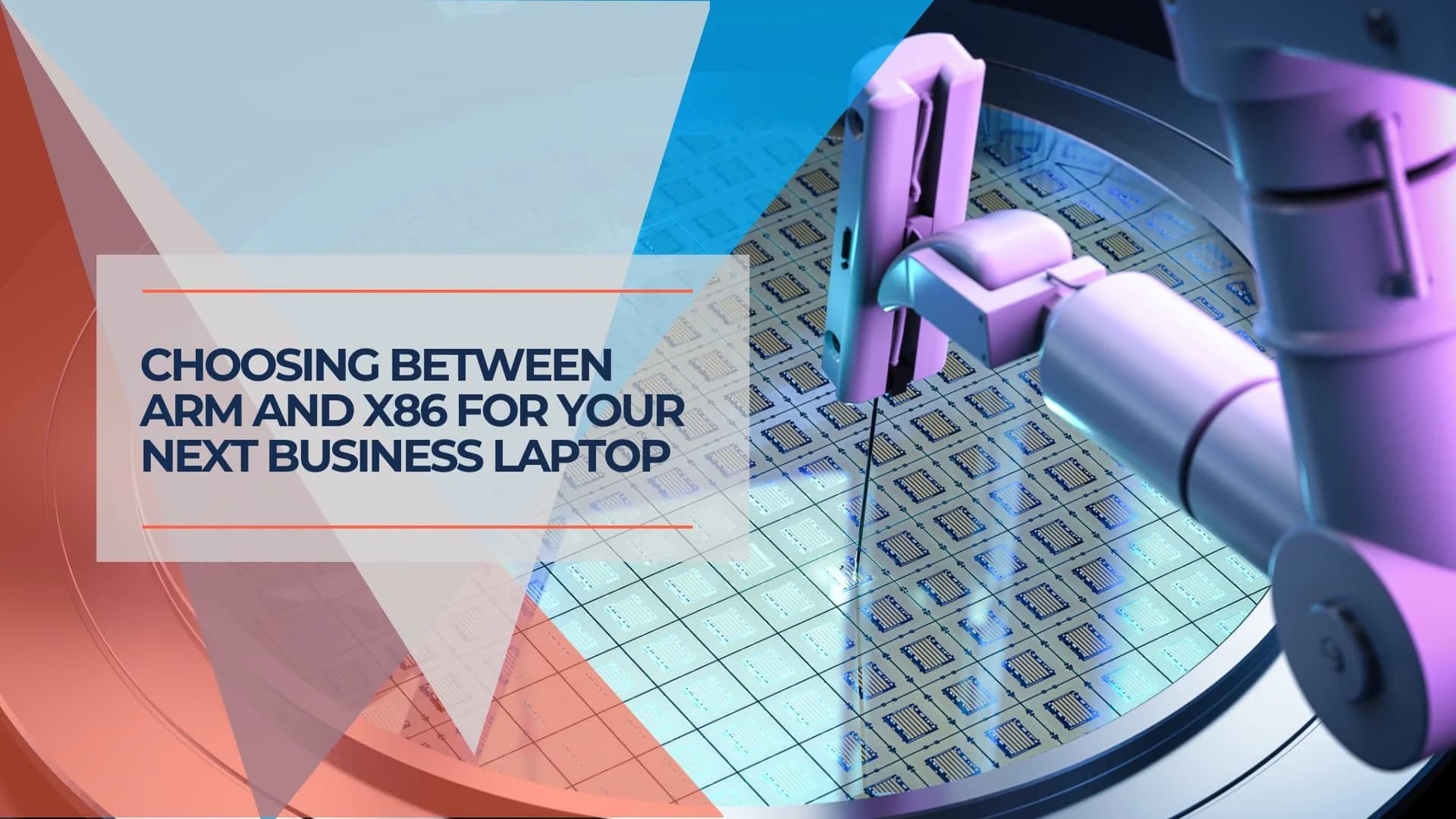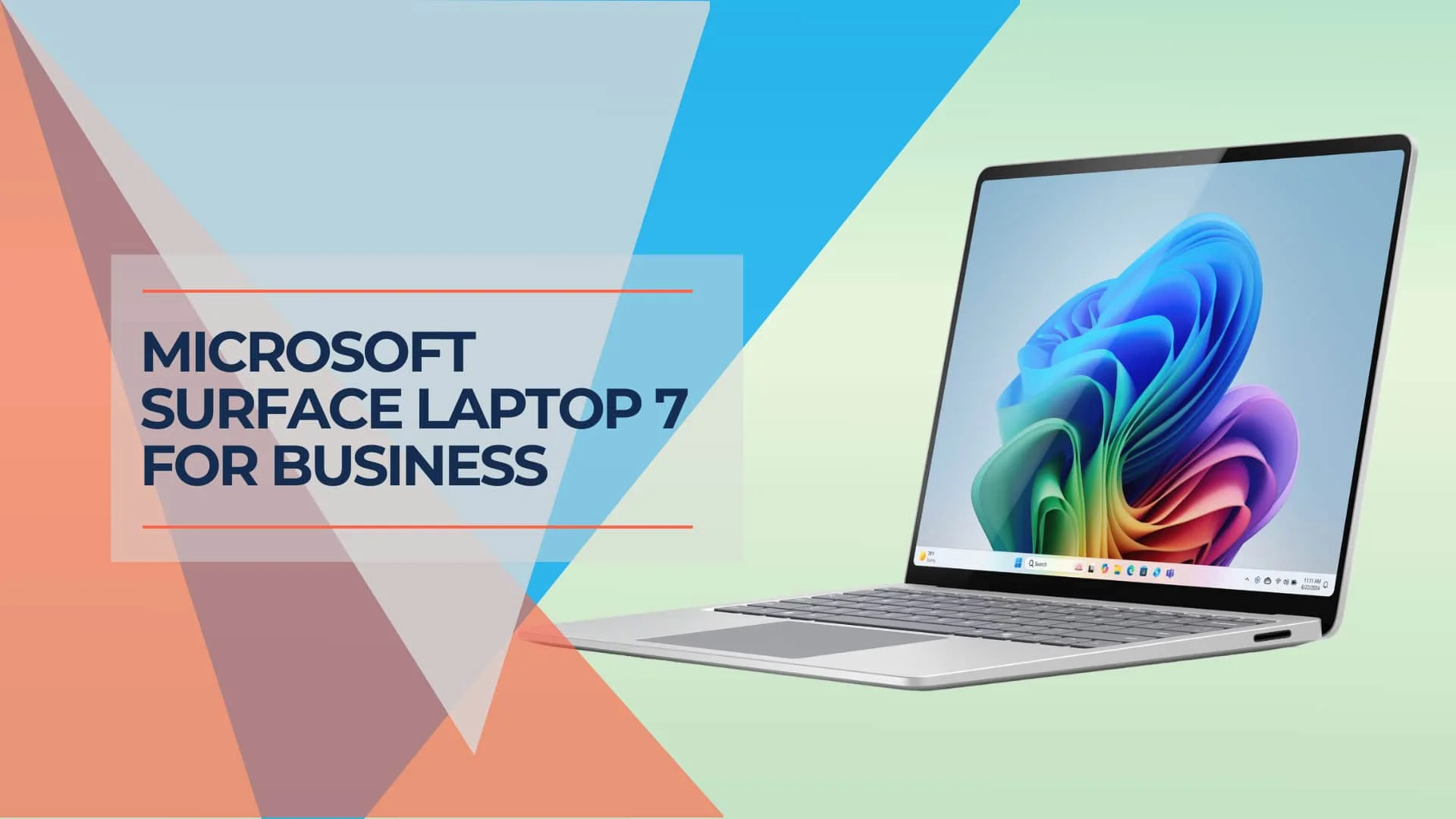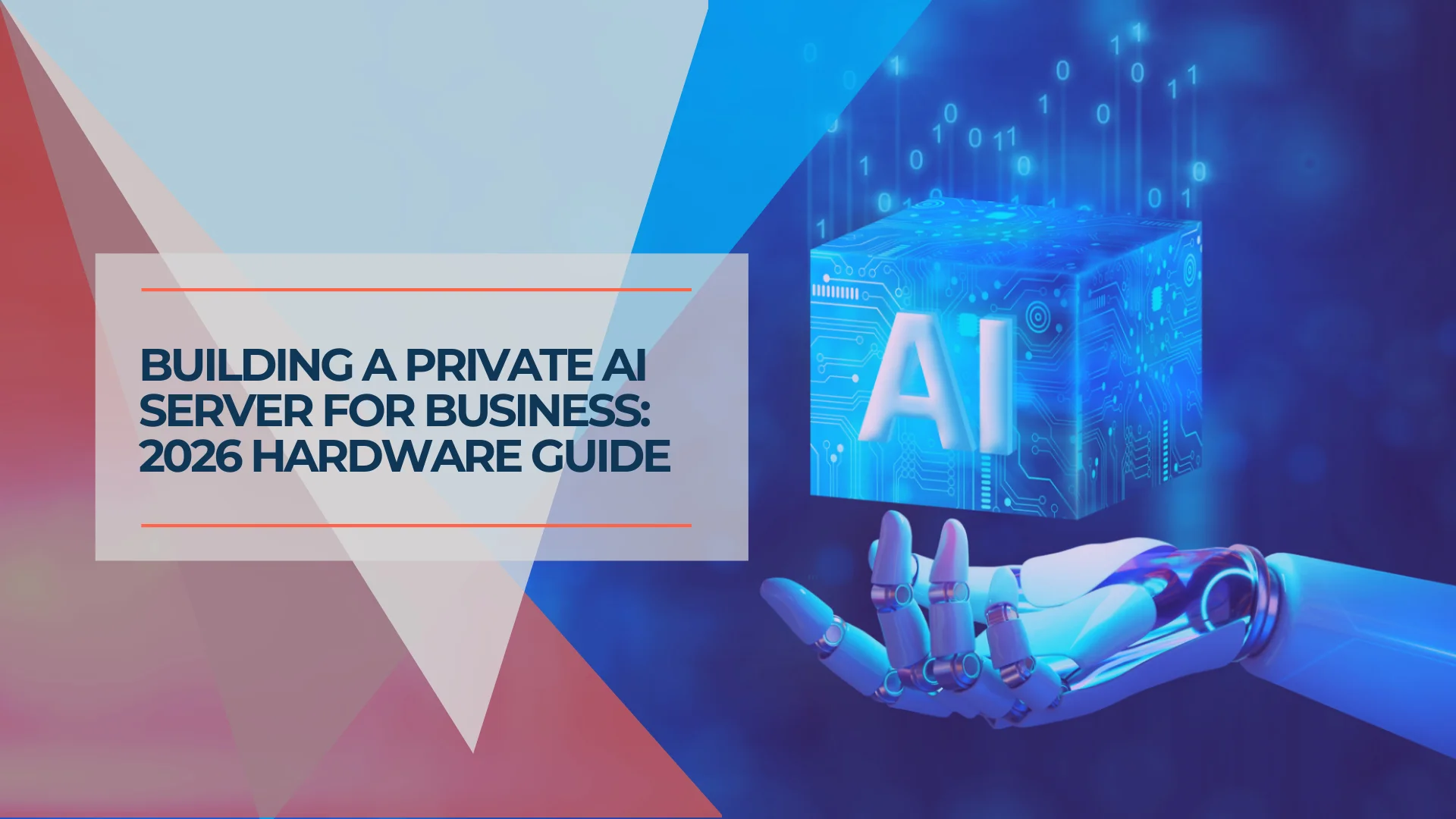ARM vs. x86: Which Processor is Best for Business Laptops?
Comprehensive comparison of ARM and x86 processor architectures for business laptops. Battery life, performance, software compatibility, and real-world use cases to help you choose the right laptop.


When selecting a business laptop, one of the most critical decisions is choosing between ARM and x86 processor architectures. Each architecture offers distinct advantages, from energy efficiency and portability to raw computational power and software compatibility. With ARM processors gaining traction through innovations like Apple's M-series and Qualcomm's Snapdragon X Elite, and x86 processors maintaining their stronghold with Intel and AMD's latest advancements, professionals now have more options than ever.
At iFeelTech, we've worked with a wide range of hardware to meet diverse business needs. Recently, we've noticed a shift toward ARM-based systems for their exceptional battery life, energy efficiency, and performance. For instance, the Apple MacBook Air M3 has proven to be an excellent portable solution, offering the kind of performance that makes it a viable replacement for traditional desktop setups.
This article provides a detailed comparison of ARM and x86 architectures, exploring their key differences, real-world use cases, and future trends. By the end, you'll have a clear understanding of which architecture is best suited to your business needs.
Key Takeaways: ARM vs x86
| Feature | ARM | x86 |
|---|---|---|
| Battery Life | Exceptional efficiency, ideal for long hours of work without charging | Good but generally shorter than ARM. Suitable for moderate use |
| Performance | Optimized for energy-efficient tasks, catching up in high-performance workflows | Superior raw power for demanding tasks like video editing and simulations |
| Portability | Lightweight and compact designs, perfect for travel and hybrid work setups | Slightly bulkier due to higher power demands but still portable |
| Software Compatibility | Growing support, best for modern apps and optimized ecosystems (e.g., macOS) | Excellent compatibility with legacy software and enterprise tools |
| Best For | Professionals prioritizing mobility, battery life, and energy efficiency | Users needing high computational power or working with specialized software |
Understanding ARM and x86 Architectures
The distinction between ARM and x86 lies in their fundamental design principles. These architectures have shaped computing for decades, each excelling in specific areas.
ARM Architecture: Simplicity and Efficiency
ARM processors are built on a Reduced Instruction Set Computing (RISC) model, emphasizing simplicity and efficiency. Using fewer instructions, ARM chips execute tasks quickly while consuming minimal power. This design has made ARM the standard for mobile devices like smartphones and tablets, where battery life is paramount.
In recent years, ARM has expanded into laptops with processors like Apple's M-series and Qualcomm's Snapdragon X Elite. These chips integrate multiple components—such as CPUs, GPUs, and AI accelerators—into a single System on Chip (SoC). This integration reduces power consumption while maintaining strong performance.
x86 Architecture: Performance and Flexibility
x86 processors are based on a Complex Instruction Set Computing (CISC) model, allowing them to handle more complex instructions within a single operation. This makes them highly versatile and powerful for compute-heavy workloads. Historically dominant in desktops, laptops, and servers, x86 processors continue to excel in tasks requiring high computational power.
While x86 processors traditionally consume more power than ARM chips, recent advancements—such as Intel's Lunar Lake architecture—have improved energy efficiency without compromising performance.
Key Differences Between ARM and x86
Power Efficiency
ARM processors are known for their energy efficiency due to their streamlined RISC design. This efficiency translates into longer battery life for laptops, making them ideal for professionals who need all-day performance without frequent charging.
In contrast, x86 processors consume more power but have improved efficiency with newer designs. While they may not match ARM in battery life, they offer other advantages that make them indispensable for specific use cases.
Performance
x86 processors excel in raw computational power, making them the preferred choice for tasks like video editing, 3D rendering, or data analysis. Their ability to handle complex workloads efficiently has long been a hallmark of the architecture.
ARM processors are rapidly closing the performance gap. Apple's M-series chips have demonstrated that ARM can handle intensive workflows while maintaining lower power consumption. This makes ARM an increasingly viable option even for demanding professional tasks.
Software Compatibility
One of x86's enduring strengths is its extensive software ecosystem. Decades of development mean most enterprise applications are optimized for x86 systems. This makes x86 laptops ideal for businesses relying on legacy software or specialized tools.
ARM processors face challenges with compatibility due to limited support for older applications. However, this gap is narrowing as more developers optimize software for ARM platforms. Apple's macOS ecosystem now supports most major applications natively on its M-series chips, while Windows on ARM continues to improve compatibility through emulation and native app support.
Real-Life Use Cases: Which Architecture Fits Your Needs?
The choice between ARM and x86 often depends on specific professional needs:
1. General Office Tasks
For everyday productivity tasks like word processing or web browsing, ARM-based laptops are an excellent choice due to their energy efficiency and portability. They provide long battery life without sacrificing performance.
2. Creative Workflows
Creative professionals working with video editing or 3D rendering often benefit from the raw power of x86-based laptops equipped with discrete GPUs. However, high-performance ARM devices are becoming increasingly competitive in this space.
3. Software Development
Developers may prefer x86 laptops for compatibility with legacy tools or enterprise environments. On the other hand, those working within Apple's ecosystem or on cross-platform projects may find ARM-based devices equally capable.
4. Fieldwork and Mobility
Professionals who travel frequently or work in the field benefit from the extended battery life of ARM-based laptops. Their lightweight design further enhances portability.
5. High-Performance Computing
For tasks requiring significant processing power—such as simulations or running virtual machines—x86 remains the go-to option due to its ability to handle compute-heavy workloads efficiently.
Quick Decision Guide
Choose ARM if you prioritize:
- All-day battery life (12+ hours)
- Lightweight, portable design
- Modern app ecosystems (macOS, web apps)
- Energy efficiency and sustainability
- Fanless, silent operation
Choose x86 if you need:
- Legacy software compatibility
- Maximum raw processing power
- Enterprise/specialized applications
- Virtual machine workloads
- Discrete GPU support
Future Trends in Processor Development
The competition between ARM and x86 is driving innovation across the industry:
- ARM's Growth: With its focus on energy efficiency and scalability, ARM is expanding beyond mobile devices into laptops and even servers
- x86's Adaptation: While facing competition from ARM, x86 continues to evolve with improved energy efficiency and AI integration
- AI Integration: Both architectures are incorporating AI accelerators to enhance productivity features like real-time transcription or predictive analytics
- Sustainability: Energy-efficient architectures like ARM are becoming more attractive as businesses prioritize sustainability goals
Looking ahead, hybrid work environments will likely drive demand for devices that balance portability with performance—a space where both architectures have unique strengths.
Conclusion
Final Verdict
ARM and x86 architectures each bring distinct advantages to modern business laptops. If your priorities include long battery life and portability, an ARM-based laptop may be the better choice. For those needing raw computational power or extensive software compatibility, an x86-based device remains a reliable option.
The good news is that today's market offers excellent choices across both architectures. Whether you're looking for energy-efficient portability or high-performance computing power, there's a laptop tailored to your needs.
For more insights into top-performing business laptops featuring both architectures, visit our comprehensive guide to the best business laptops of 2025.
Related Articles
More from Business Hardware

Microsoft Surface Laptop 7 Review: Ultimate Business Performance
Comprehensive review of the Microsoft Surface Laptop 7 with Snapdragon X Elite chip. Performance benchmarks, battery life, display quality, and business suitability assessment.
10 min read

Building a Private AI Server for Business: 2026 Hardware Guide
Run AI models locally without sending client data to the cloud. Compare Mac Studio vs custom PC builds for law firms and medical practices prioritizing data privacy.
7 min read

The 10 Best Business Laptops for Fall 2025: A Complete SMB Buying Guide
Complete guide to the best business laptops for Fall 2025. Compare ThinkPad X1 Carbon, MacBook Air M4, Dell 14 Plus, and more with detailed specs, pricing, and use case recommendations.
18 min read